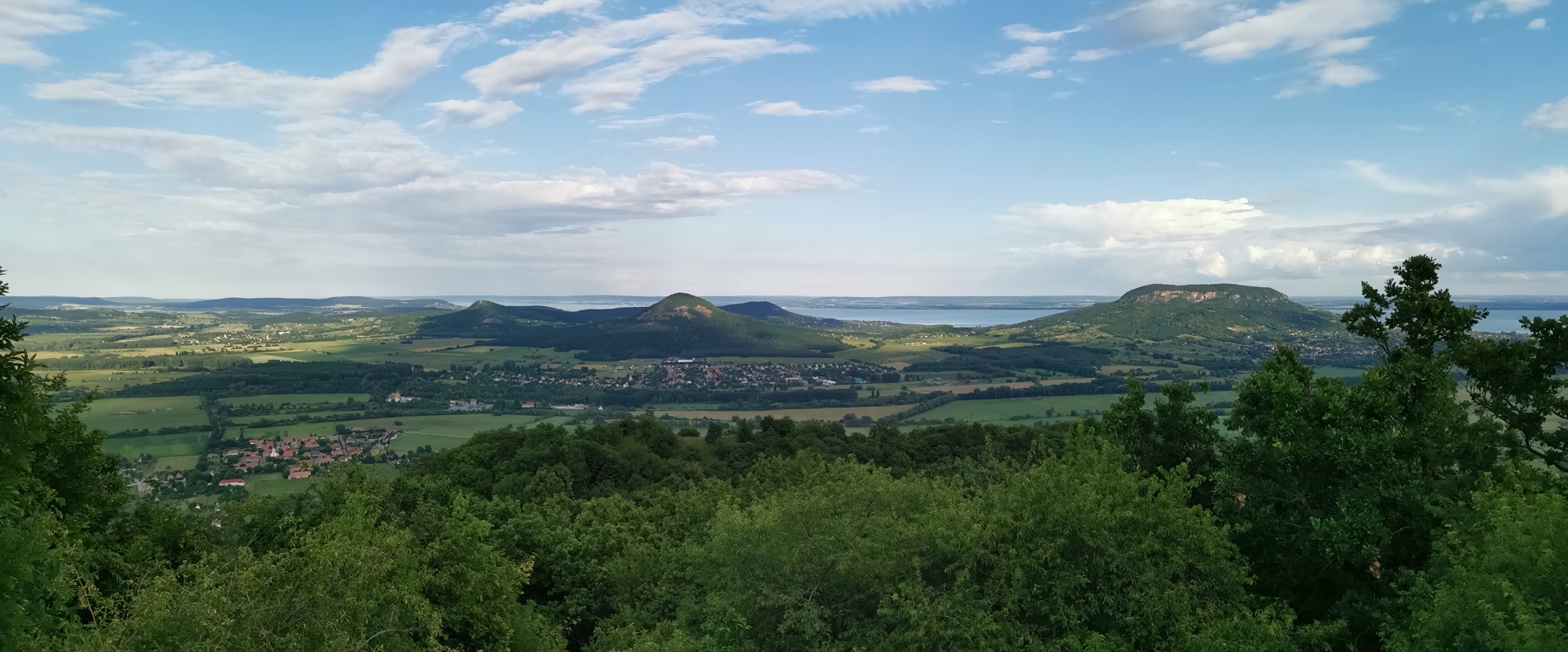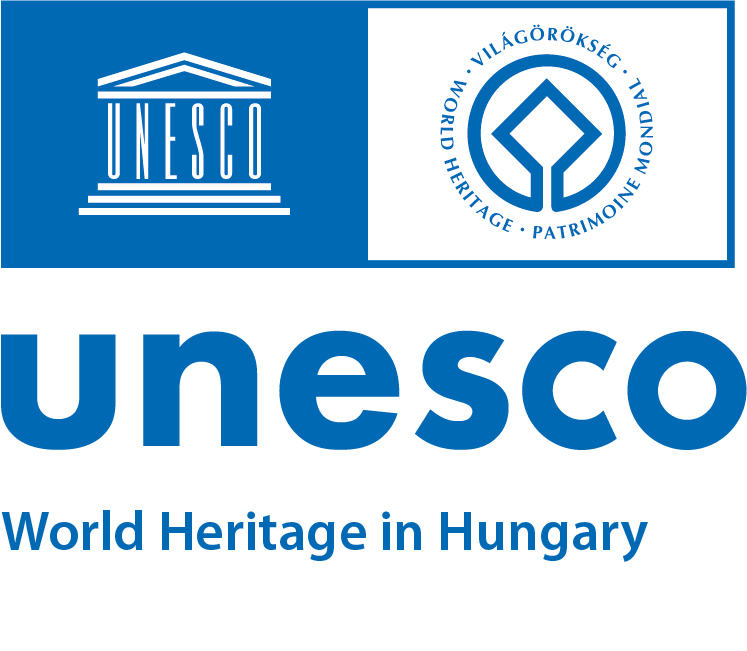
Balaton Uplands Cultural Landscape
Located on the north coast of Lake Balaton, the tentative World Heritage site includes the Tihany Peninsula, the Tapolca Basin, the Káli Basin and Lake Hévíz, all under natural and cultural heritage protection, as well as the historic building complex of the Festetics Castle in Keszhely, and the protected streets and parks of Balatonfüred that are monuments remaining from the Hungarian Reform Era. A definitive, common feature of the areas belonging to the Balaton Uplands cultural landscape is their millions of years of geological history, during which a diverse but harmonious landscape was formed due to volcanic activity and its aftereffects. From prehistoric to modern times, the inhabitants of the area continued to use and form the landscape by adapting to the conditions of the earth’s surface. The place became a cultural landscape of outstanding importance due to its agriculture, fishery, viticulture, basalt mining and thermal bath culture, also realized by the cultural interactions of people – Celts, Romans and Hungarians – who once lived there.
The magmatic rocks that make up the diverse surface formations of the maar volcano on the Tihany Peninsula and the basalt volcanoes of the Tapolcai Basin and the Káli Basin were created by close to fifty volcanoes that were active in the region 8-2.5 million years ago. The same geological process brought forth the basalt columns of the Badacsony and the Szent György Hill that are unique in Central Europe, as well as the sea of stones in the Káli Basin. The hot springs periodically erupting on the surface of the Tihany Peninsula left more than hundred geyser cones, rock formations consisting of spring limestone and hydroquartzite.
The settlements that emerged upon the heights of the difficult-to-access plateaus of the basalt mountains in the Tapolca Basin and on the edge of what used to be the volcano of Tihany were considered important regional economic and political hubs (Badacsony, Csobánc, Szent György Hill, Tihany–Óvár Hill) as early as the late Bronze Age and the Iron Age. On the plateaus, stone castles (Szigliget, Csobánc, Hegyesd) – of which now only picturesque ruins remain – were built from the second half of the 13th century, serving as important fortresses from the 1540s during the wars against the Ottoman invaders. The Benedictine Abbey of Tihany, founded in 1055 during the time of the emerging Christian kingdom of Hungary and remodeled in baroque style between 1719 and 1754, as well as the hermit caves carved into the side of Óvár Hill gave home to Benedictine and Basilian monks, evidencing the coexistence of eastern and western religious culture.
About 250 meters in diameter, the karst spring-fed Lake Hévíz is among the largest thermal lakes of the world, formed during the same period as Lake Balaton some 20-22 thousand years ago. The healing properties of the water were discovered in the 18th century and has been utilized ever since.
Balatonfüred, formed by the unification of three settlements, became a popular resort area by the 1830, visited by many prominent persons. A classicist bath house was built in 1802 upon its spring, the water of which contains carbonic acid and therefore called ‘sour water’. The springs and their environments, including the health facilities, residential buildings and the classicist building of the Round Church constitute the core of the reform-era quarter of the city.
Keszthely and the surrounding area became the property of Count Kristóf Festetics in 1739, who began the building of his representative seat according to the plans of Kristóf Hofstädter in 1745. In Hungary, the architectural historical importance of his U-shaped baroque castle is comparable only to the Esterházy Castle of Fertőd, which also stands on a World Heritage Site. The main building, with its mansard roof and central tower carrying an onion-shaped dome, was a result of a remodeling carried out between 1883 and 1887. During the time of György Festetics (between 1791 and 1819), the aristocratic seat became a prominent cultural and educational center.
